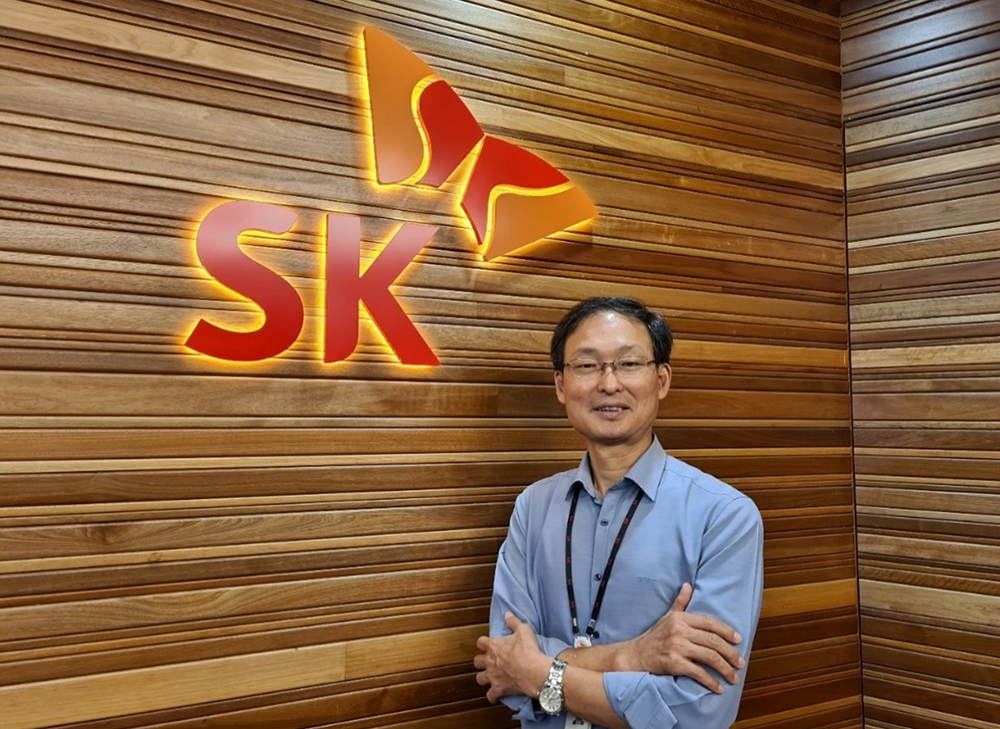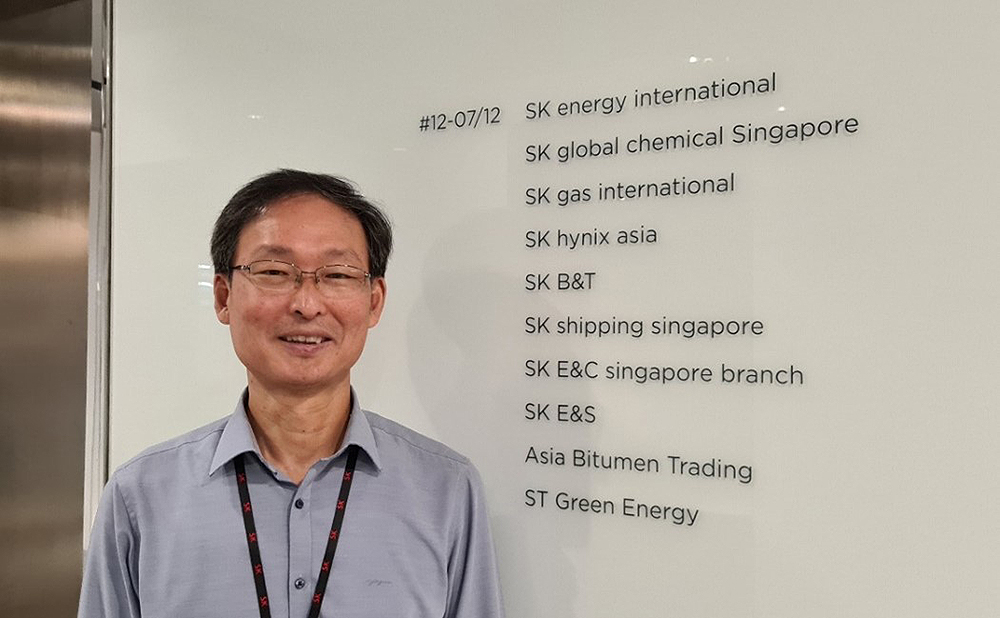
Few people would have known the importance of Southeast Asia in the semiconductor industry until the Covid-19 hit the region and stopped factories, causing a disruption in the global supply chain in recent months.
The region is not only the center of the industry’s back-end packaging process, but also has a growing semiconductor market that is forecast to grow to $41.9 billion by 2028, up from $26.9 billion in 2020, according to the Fortune Business Insights.
Min Young-seok, who oversees the region as the head of SK hynix Singapore, sees great potential in the market, which encompasses an area from India to Malaysia to Vietnam, as the ASEAN governments ramp up efforts to foster the industry with diverse incentives and the introduction of new technologies.

SK hynix Singapore provides sales operation support for global account customers’ regional offices, works with local customers, and identifies new business opportunities. It also identifies and shares with the headquarters how the global supply chain expands into India and Southeast and Southwest Asia and trends in the supply chain of major ICT parts that have been impacted by COVID-19.
“The growth of smartphone users in Southeast Asia and India markets, as well as planned launches of 5G communication services, are prompting forecasts of continued demand momentum for mobile memory,” Min said.
Notably, top-tier Indian telecommunications companies are competing fiercely to expand their market share by attracting new subscribers. Such competition typically prompts provision of low-cost or free smartphones, which typically leads to a surge in demand for memory products.
“We see various sales opportunities in the region. The introduction of the Indian government’s strong initiatives aimed at fostering the manufacturing sector and acceleration in creation of the component eco system on top of the increasing investments and exports there are all indicating a rise in chip sales.”

An employee since January 1992, Min started in the semiconductor production division of SK hynix, formerly known as Hyundai Electronics, as a supervisor in the 6-inch FAB-3 etch area, where he first learned about the entire wafer manufacturing process. He then moved on to the DRAM business unit to help establish mid- to long-term business plans. He worked in the sales division’s Graphics Business Department, the marketing team in Taiwan office and the NAND mobile marketing team at headquarters. He then joined the Singapore office in 2018 as the head overseeing the greater region.
“As you can tell from the wide range of our business coverage and diversity of the societies here, we need to deal with customers from various races and countries, so it is necessary to understand and respect the differences of each culture.”
While many employees now work from home because of the Covid-19 situation, Min is confident that the office environment designed to promote barrier-free communications between affiliates will bring back SK’s inclusive culture should everyone return to the ordinary daily life.


Among a handful of his accomplishments over the years, he recalls an unforgettable memory from 2018 when he turned the risk of failing to meet a sales target in India to a success through a seven-hour negotiation session.
Back then, any failure to meet the initial plan to sell the low-density MCP products for smart feature phones to an ODM customer that manufactures the phones for a major Indian telecommunications company would have resulted in unused raw materials and components, which then would have led to problems of the entire NAND 2D operations at the headquarters. He recalled it being an agonizing moment that his team members overcame with the spirit of persistence.
“I still vividly remember how I breathed a sigh of relief after completing the sales following seven hours of intensity.”
As a strong leader, Min identifies four skills or traits that are most important to SK hynix: empathy, communication, relationship, and collaboration. His advice for junior-level employees is that they should change their work every five years. The experience of working in various fields will provide them a variety of career options later in the future, Min said.
“Through various positions, I was able to understand the key roles of important areas necessary for the development of the memory business, from R&D, investment, manufacturing, marketing to sales, and how they are connected and implemented. Individual abilities and work skills are important, but at the end of the day, the sum of individual performance will lead to performance of the entire organization.”








